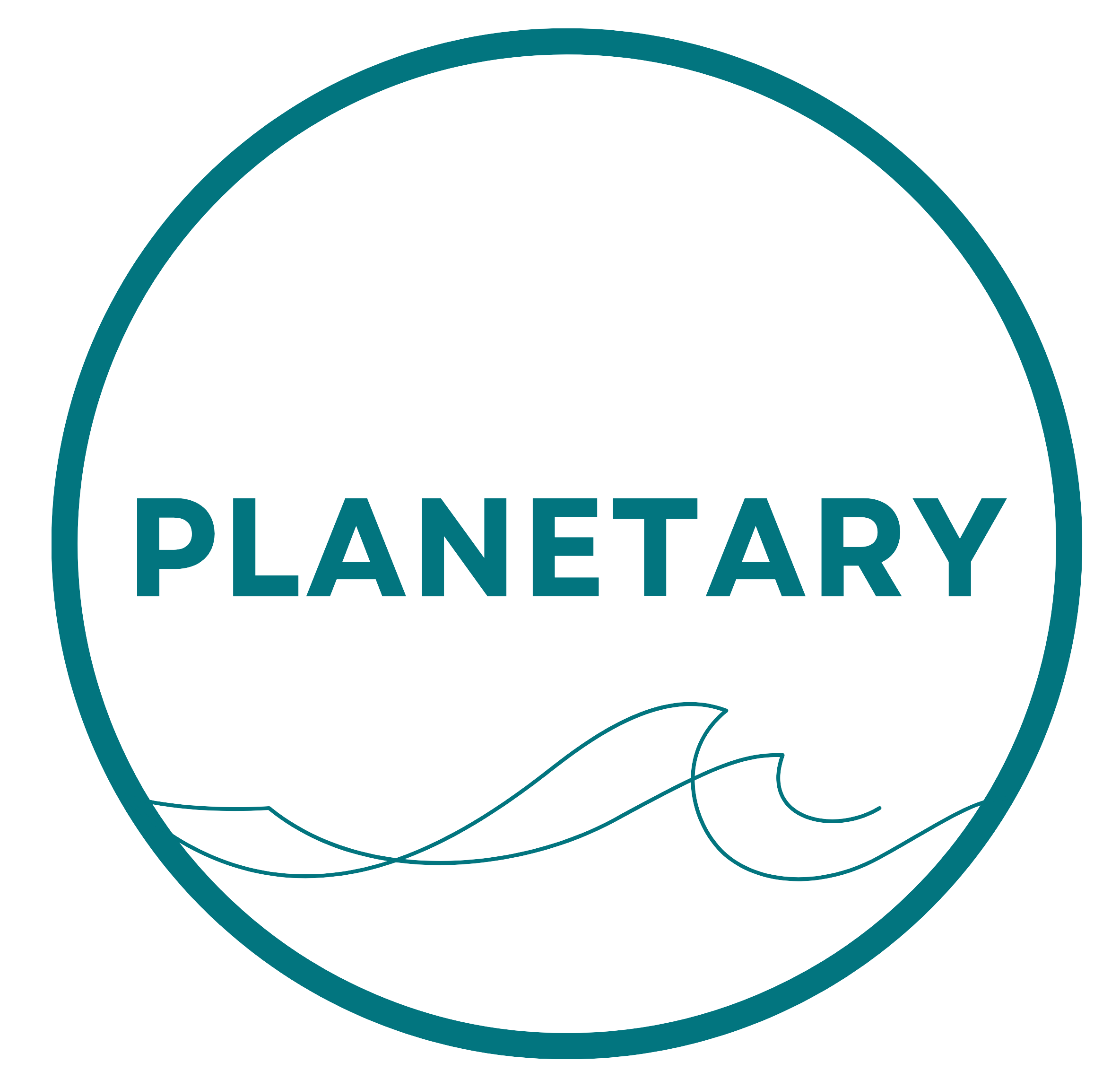Overview

Planetary Technologies (Planetary) and independent researchers from Dalhousie University’s Oceanography Department, along with other partners, are collaborating to investigate the efficacy of ocean alkalinity enhancement (OAE) as a method of removing CO2 from the atmosphere.
The next step in the investigation is to continue alkalinity addition to Halifax Harbour by Planetary between July and December of this year. Scientists will track the alkalinity changes in seawater, and on a specific cadence (exact dates to be communicated in future Community Advisory), dye will be released at the same time to help trace the flow of waters across the harbour. This bulletin explains this study further and provides key information about the process.
Key Information
Who: Planetary, a Dartmouth, Nova Scotia-based venture whose mission is to enhance the ocean’s natural ability to take up and store CO2 through carbon dioxide removal and storage.
Researchers from Dalhousie University’s Department of Oceanography and the Dalhousie-led Ocean Alk-Align project team are collaborating with Planetary to provide independent analysis and develop methods for modelling, monitoring, reporting, and verifying the outcomes of Planetary Technology’s ocean alkalinity enhancement field tests.
Why: To help researchers investigate the potential for ocean alkalinity enhancement to safely store atmospheric CO2.
Where: Nova Scotia Power’s Tufts Cove Generation Station in the Halifax Harbour (see Figure 1).
When*:
- Week of July 15th: Two (2) days of alkalinity addition to gather initial data and perform equipment checks.
- Starting the week of August 5th: Seven (7) to ten (10) days of steadily increasing the addition rate to confirm the safe concentration of alkalinity for the remainder of the trial.
- Starting week of August 26th: Ongoing continuous alkalinity addition from Monday to Friday until the end of November.
*Dates subject to change based on weather conditions or unforeseen circumstances.
What: A field trial of alkalinity addition will be conducted.
- This year’s trial continues to build on the progress made in 2023 with particular focus in measurement and modelling techniques; how best to verify for possible biological impacts; as well as gaining an improved understanding of how alkalinity disperses across and beyond Halifax Harbour.
- The source of the alkalinity in this trial is magnesium oxide, which is mixed with seawater to produce a magnesium hydroxide slurry. This has been selected because of its high efficiency at sequestering carbon dioxide from the air, and its ecological safety in laboratory trials.
- The concentration of the alkaline slurry will begin at approximately 39 mg/L and will be gradually increased to as high as 210 mg/L within the cooling water loop. This is to ensure that continuous measurements taken within the outfall are always within regulated limits for pH and Total Suspended Solids (TSS)
- Dalhousie continues to conduct extensive modelling work to simulate where alkalized water will move and how quickly it will disperse. Based on those predictions, an alkalinity concentration was chosen that is detectable and remains well below the known safe limit for fish and other marine organisms.
- The alkaline material selected has undergone tests by Planetary and independent third-party laboratories to ensure safety.
- At certain times (exact timing to be determined and communicated in future Community Advisory), the alkalinity will be released with a dye tracer (Rhodamine WT) to help researchers track the plume in the harbour and make measurement easier.
- Rhodamine WT is a fluorescent dye used extensively in natural water bodies, with well-known safety criteria. It is a water-soluble dye that has been used extensively for 50 years to study dispersion and flow within water systems and natural water bodies, including rivers, streams, lakes, groundwater, estuaries, and the open ocean, and is recommended by the Government of Canada to observe water dispersion.
- The concentration entering Halifax Harbour will be ~800 ug/L and will not exceed the maximum acceptable concentration quality standard (MAC-QS = 910 μg/L). The concentration will decrease rapidly away from the addition point and after the release ends.
- A news story regarding the previous dye addition can be found here.
- Planetary’s addition of alkalinity is being pursued in consultation with all applicable regulatory bodies, under existing permits held by Nova Scotia Power.
- The magnesium hydroxide being used has been tested for purity and to ensure safety.
What citizens may see: Citizens will see increased boat and drone activity in the Tufts Cove vicinity as Planetary adds the alkalinity and Dalhousie researchers measure the impact and the spread in the harbour throughout the trial.
Where to make enquiries or receive additional information:
Email us at: NovaScotia_project@planetarytech.com
Visit our website at: www.planetarytech.com/projects/nova-scotia


